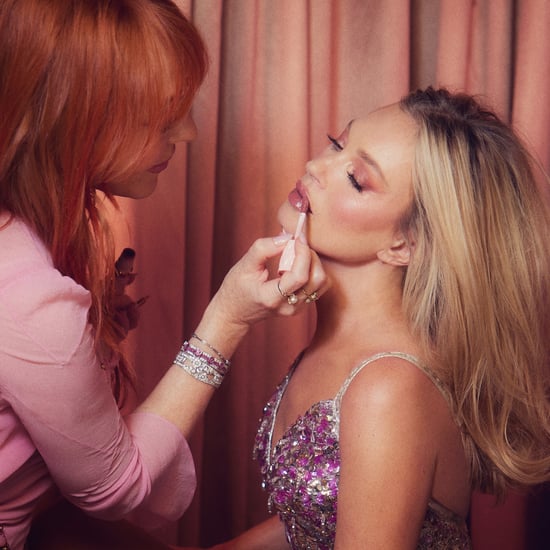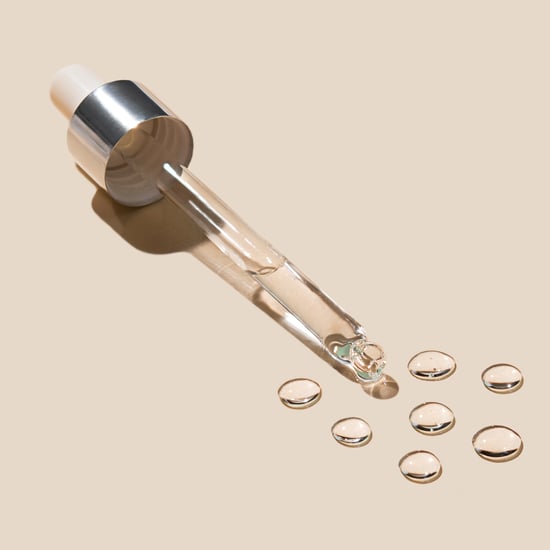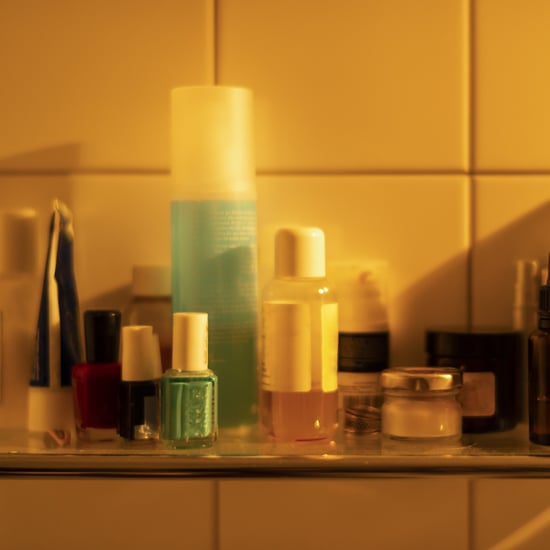How Does Hormone Therapy Affect Skin?
This ls What Happens To Your Skin Once You Transition

When a transgender person begins the official transitioning process — a decision that involves multiple emotional and physical steps to becoming their true gender identity — the experience can be both liberating and scary. The idea that your outward appearance will finally reflect who you are on the inside can be exciting, but you may also feel uncertain as your body starts to change in new ways. If you decide to undergo a male-to-female transition, the introduction of hormone therapy may lead you to develop breasts, redistribute your weight in certain areas, and get fewer erections. Your skin will also change.
"When a patient transitions from one gender to another, the skin has to acclimate to the new hormonal environment," said dermatologist Joshua Zeichner, M.D., of Mount Sinai Hospital in NYC. "In some ways, you can look at this as a new puberty." Since adding hormones into your body that weren't already present, you might assume that the most common skin condition that may arise is acne. However, if you decide to take estrogen — which is one of three types of hormone therapy options transwomen can take — dermatologist Rachel Nazarian, MD, of Schweiger Dermatology Group in NYC, says many patients discover that this medicine can actually clear your skin. That's because your body metabolises supplemental estrogen through the liver, which can decrease the production of the male hormone testosterone. "Most people find that because of the proportional decrease in testosterone, their acne improves," Dr. Nazarian said.
"Those transitioning may find that their skin is drier and less hydrated than they are accustomed to"
Your skin will also start producing less sebum, which makes it less prone to acne. "Those transitioning may find that their skin is drier and less hydrated than they are accustomed to," said Dr. Nazarian. As your estrogen levels get higher, you may start to see little red spots or moles appear all over your body. "That's the development of cherry angiomas, or little red blood vessels," Dr. Zeichner said. "Moles also become darker and larger." You may also develop melasma — a skin condition that causes spots or pigments to spring up around your cheeks and upper lips — which you can treat by exfoliating regularly, using spot-fading ingredients such as vitamin C or retinol, and always wearing an SPF 30 or above (yes, even when it's cloudy).
Spironolactone, a testosterone blocker that's commonly used as a hormone therapy option, holds another, "off-label" purpose: treating acne. Like estrogen, these blockers effectively reduce the amount of oil production in your glands, so you have a higher likelihood of experiencing dry skin than a bout of breakouts. Progesterone — the other hormone in women besides estrogen — is a lesser-used therapy, but a few small studies have theorised that when used topically, it can be useful in treating skin ageing (though more data are necessary for validating these claims).
If you're on the other end of the spectrum and interested in undergoing female-to-male hormone therapy, your skin-care journey will be a bit different because of the introduction of estrogen. "I find that patients transitioning from female-to-male have a more difficult time with their skin," revealed Dr. Zeichner. This is because your body will begin to produce more oil, which could trigger cystic acne formation. Since that type of breakout can often leave gnarly scarring, it's trickier to treat, but there are a few options.
"Glycolic acid is highly recommended, as it's one of the more natural [over-the-counter] products that gets to the root cause of the acne by purging the pores of the sebum," said dermatologist Dr. Craig Austin, MD. "It not only helps treat the cyst but also helps heal it by speeding up exfoliation, therefore making scarring lighter." Dr. Nazarian says another solid bet is to try in-office procedures such a lights, lasers, and chemical peels.








